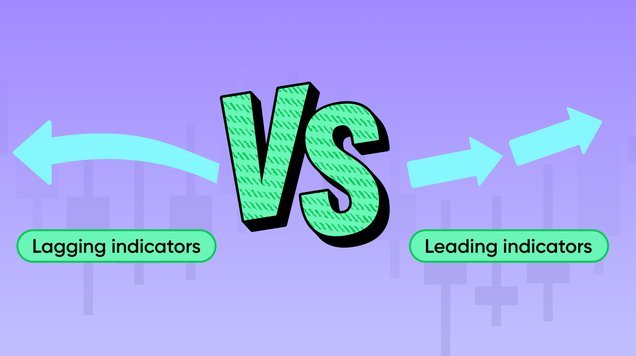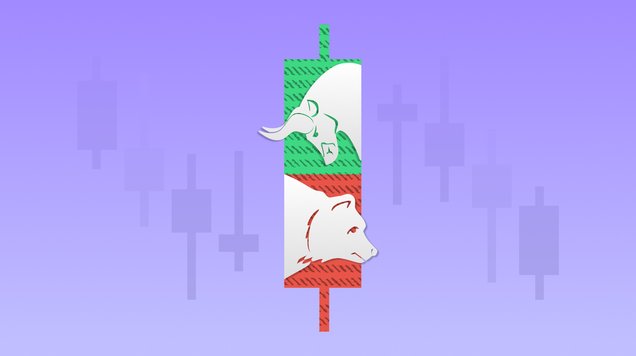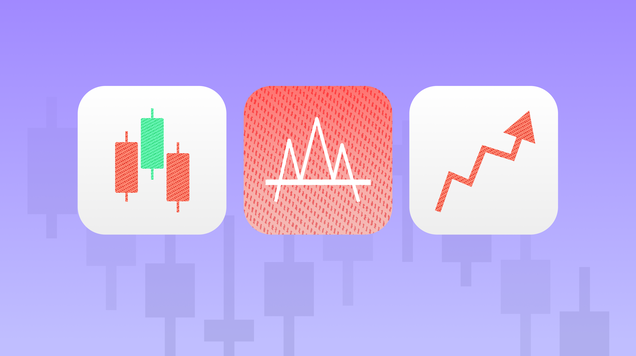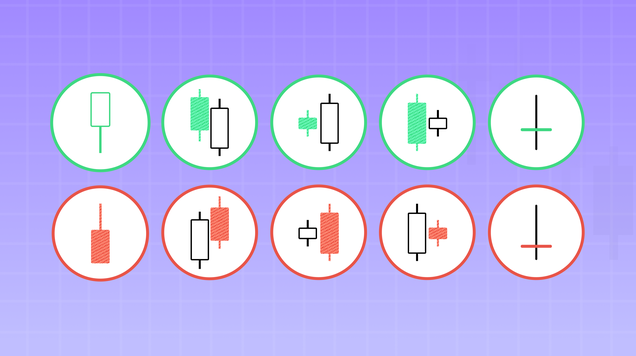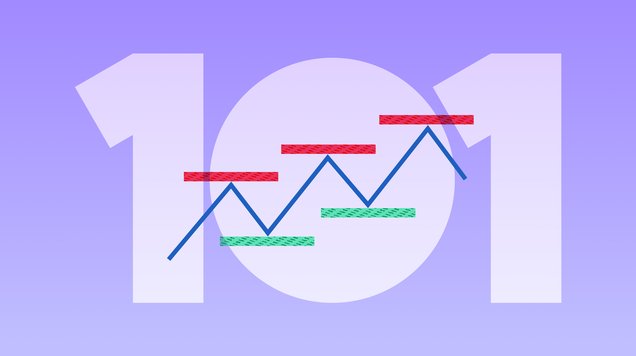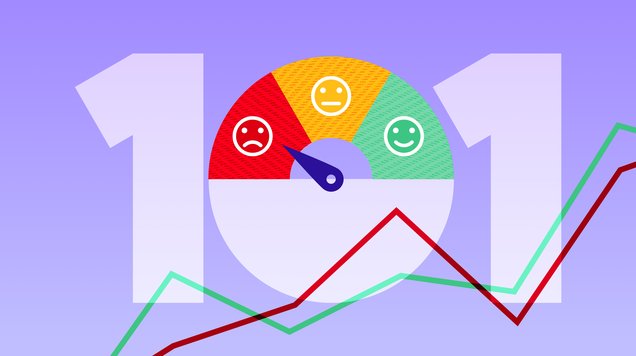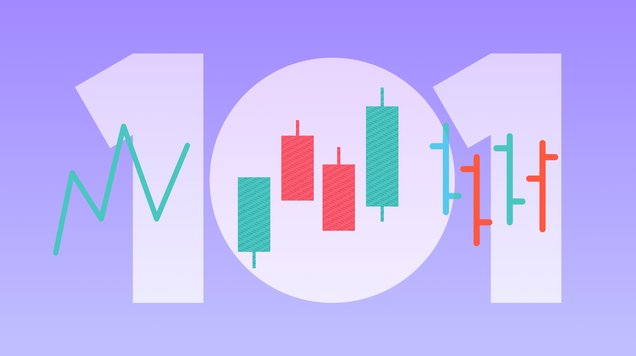Macroeconomic indicators
Learn how to empower your market analysis with economy-wide market indicators.
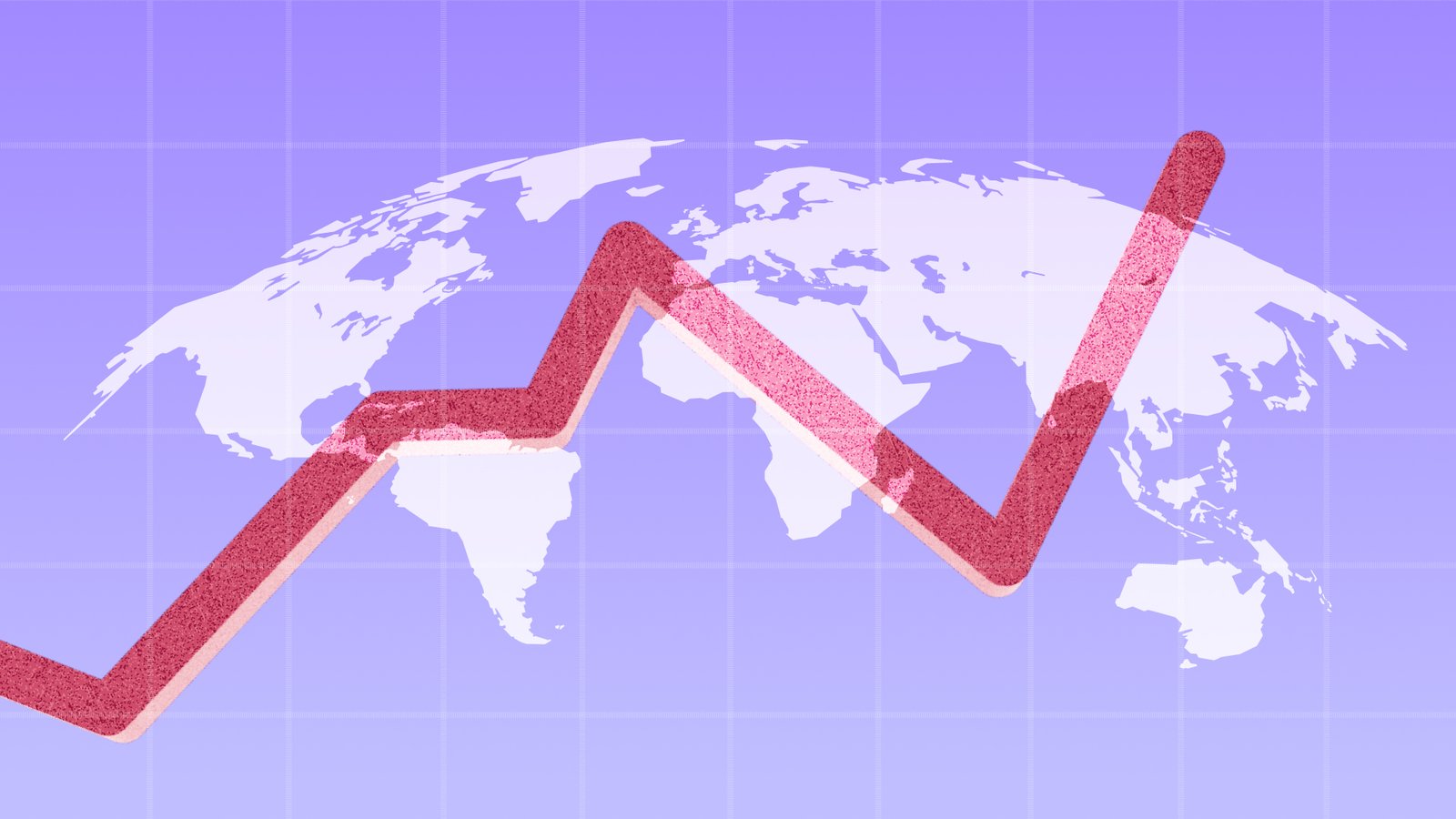
Macroeconomic indicators are metrics that give an overview of national economic performance, indicating the state and potential of the economy
Key facets of an economy’s performance are typically measured by the employment level, strength of domestic demand and the relative price level of goods and services
Monetary and fiscal policies are used by central banks and governments to create change in the economy (such as combatting inflation), and they will also impact the prices and potential returns of financial assets
A country’s economic performance can provide traders with insights into the performance of related financial assets, making macroeconomic indicators an essential part of market analysis
What are macroeconomic indicators?
Macroeconomic indicators measure and provide insights into the overall state and growth potential of an economy on a national or regional level. They are important economic metric for comparison with other economies or previous time periods.
These indicators serve as essential tools for understanding the overall performance, trends, risks, and opportunities in an economy. Their impact extends beyond the realm of economics, influencing a wide range of decisions and actions in financial markets and industries.
Macroeconomic indicators are important tools for market analysis, providing insights into the current economic situation and helping predict future price movements in financial markets potentially affected by these indicators. Macroeconomic indicators are made up of data that is gathered and published by a government or private organisation, and they are always public and freely accessible online. An economic calendar is a trading tool commonly offered by online brokers that can help you keep track of upcoming data releases and events that will impact these indicators.
Macroeconomic indicators include a wide range of economic activities and conditions. Here are some of the most important indicators that can help traders make smarter investment decisions.
GDP, GNP, and government budgets
Gross Domestic Product (GDP): GDP data is a comprehensive method of a country’s economic output within a specific time frame and can be measured by three methods of calculation — production (the sum of value added by industries), expenditure (the sum of spending on final goods and services), and income approach (the sum of the population’s collective earnings) — which show the total value of goods and services produced within a country's borders. GDP is usually measured monthly, quarterly or annually.
Gross National Product (GNP): GNP data is an economic metric that measures the total domestic and international economic output produced by the residents, including individuals and businesses, of a country within a specific time frame (usually a year).
It's important to note that GNP and GDP are closely related but there is one key difference. GDP measures the goods and services produced within the country's borders, by both the resident of the country and residents of the rest of the world. GNP measures the goods and services produced by the country’s residents only, both domestically and abroad. If a country has a positive net income from abroad (i.e., its residents earn more from abroad than foreign residents earn within its borders), then its GNP will be higher than its GDP. Likewise, if a country has a negative net income from abroad, its GNP will be lower than its GDP.
Trade Balance: Trade balances describe the difference between a country's exports and imports. A positive trade balance (or surplus) occurs when exports exceed imports, while a negative trade balance (or deficit) occurs when imports exceed exports.
Government Budget Deficit/Surplus: This measures the difference between government revenues and expenditures. A budget surplus occurs when revenues exceed expenditures, while a budget deficit occurs when expenditures exceed revenues.
Inflation related indicators
Inflation Rate: Inflation rates are used to describe how the general price level of goods and services in an economy has risen over a period of time. The inflation rate is often measured using a Consumer Price Index (CPI) or Producer Price Index (PPI). These indices reflect the average value across an economic range.
Deflation: Deflation is an economic term that refers to a sustained decrease in the general price level over time and describes the opposite effect of inflation. In other words, deflation occurs when the inflation rate becomes negative, meaning that prices are on a declining trend rather than rising.
Deflation is generally considered undesirable by economists and policymakers because it can lead to economic stagnation, reduced business activity, lack of demand, and increased unemployment. It’s often more challenging to combat deflation compared to inflation.
Disinflation: Disinflation is a slowing down of the rise in prices, unlike in deflation, prices continue to rise but at a slower pace than before. In other words, disinflation represents a moderation in the rate of inflation rather than a complete reversal to negative price changes.
Consumer Price Index: CPI is a common measure of inflation that tracks changes in the average prices of a predefined "basket" of goods and services that are commonly consumed by urban households. It provides insight into the general price level faced by consumers, and helps measure the cost of living over time.
CPI is typically used for cost-of-living adjustments, indexing of pensions and benefits, wage negotiations, and to guide monetary policy decisions by central banks. Different countries may have their own variations of the CPI, and it's important to note that the items included in the index (and the weightings assigned to them) can vary based on factors such as regional preferences and consumption patterns.
Producer Price Index: The PPI is another important economic indicator that measures the average change in the prices received by domestic producers for their output over time. Unlike the Consumer Price Index (CPI), which tracks the prices paid by consumers for a basket of goods and services, the PPI focuses on the prices of goods and services at the producer or wholesale level.
Labour market and consumer confidence indicators
Unemployment Rate: This indicator measures the percentage of the labour force that is unemployed and actively seeking employment. It provides insight into the health of the labour market and the overall level of economic activity.
The unemployment rate is a key indicator of the overall health of an economy. A low unemployment rate is generally associated with a strong economy and high levels of economic activity. Conversely, a high unemployment rate can signal economic distress and underutilisation of labour resources.
Consumer Confidence Index: CCI data measures consumer sentiment and their willingness to spend money. High consumer confidence often indicates strong economic prospects, while low consumer confidence can signal economic uncertainty.
Business Confidence Index: Similar to the consumer confidence index, the BCI indicator reflects the sentiment of businesses about the state of the economy and their future expectations.
Production and retail sales indicators
Industrial Production: This indicator measures the output of industrial sectors such as manufacturing, mining, and utilities. It provides insights into the level of industrial activity and production capacity utilisation.
Housing Starts and Building Permits: These US indicators reflect the health of the construction industry and housing market. They provide insights into consumer and business confidence in the economy.
Retail Sales: Retail sales data provides information on consumer spending patterns and can offer insights into the health of overall economic activity.
Interest rates and bond yields
Interest Rates: Central banks set interest rates, which influence borrowing and lending rates in the economy. Changes in interest rates can impact consumer spending, business investment, and inflation.
Base Rate: This refers to a benchmark interest rate set by a central bank or a financial authority in a country. It serves as a reference point for other interest rates in the economy, including lending rates offered by banks to their customers, and deposit rates paid to savers.
Examples of the benchmark interest rates are Federal Fund Rate in the US and Bank Rate in the UK. Federal fund rates describe the interest rate at which depository institutions, such as banks and credit unions, lend reserve balances to other depository institutions overnight on an un-collateralised basis. In the US, the federal funds market is where these short-term loans occur, and its rate is a key policy tool used by the American central bank (the Federal Reserve) to influence its economy.
Bond Yields: This describes the return an investor can expect to receive each year on a bond held over its term to maturity. A bond is essentially a loan made by an investor to a borrower, for a set period of time and at a predetermined interest rate. This interest rate represents what the borrower has agreed to pay to borrow those funds and is typically expressed as a percentage of the bond's face value.
Once issued, the actual return (or yield) achievable on a bond will vary from the original rate depending upon whether the price of the bond has risen (in which case the effective return falls) or fallen (in which case the effective return rises) in the secondary market, compared to the bond’s original face value.
Bond prices have an inverse relationship with official interest rates, falling when interest rates are increased and rising when interest rates are cut. Accordingly, bond yields can provide a key insight into market expectations of future interest rate movements.
Indicators serve as essential tools for understanding the overall performance of an economy
